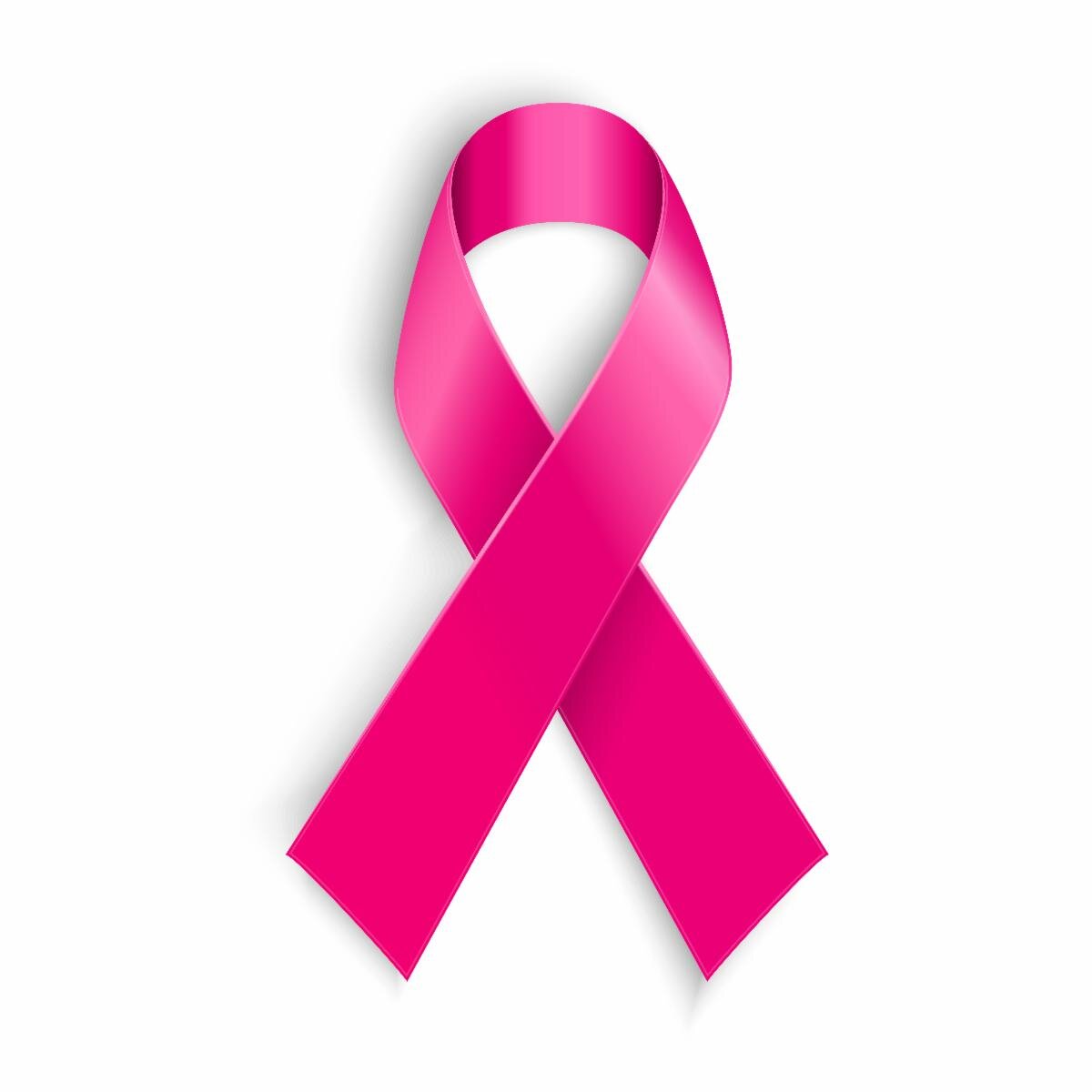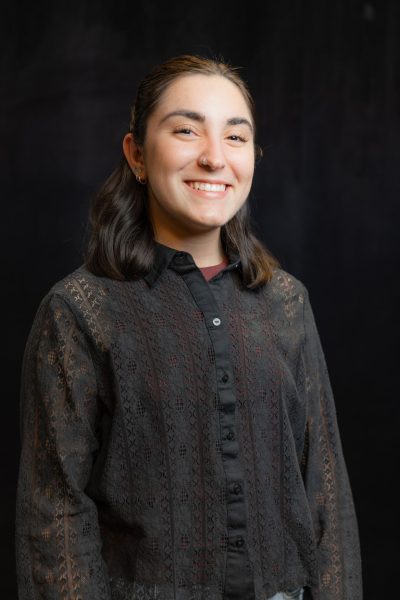By the end of 2024, over 360,000 people will be diagnosed with breast cancer. As many of us see the pink ribbons and t-shirts throughout October, it is easy to forget the true meaning behind it all. These 360,000 people are fighting for their lives, representing exactly why knowledge is power in today’s world.
When breast cancer is found in its early stages, the five-year survival rate is 99%. When it is not found early enough, these rates drop to 31%. These rates are shocking, representing exactly why early sign and symptom knowledge is crucial. Read this list for more important information regarding early detection.
– Adult women should perform self-examinations once a month. For those who are menstruating, examinations should be performed approximately three days after your cycle. For those who do not menstruate, examinations should be done on the same day every month.
– Mammograms are an x-ray exam designed to detect breast lumps and cysts. If you discover an abnormality during a self-examination, a mammogram may be necessary to rule out cancerous cells. A PCP or gynecologist can help with scheduling.
– A healthy lifestyle is important in reducing breast cancer risk. Eating a healthy diet, staying active, avoiding smoking, and limiting alcohol are key to reducing risk.
– Awareness is power. If someone in your family has had breast cancer before, it is important to know about the HER2+ gene. This human protein promotes the production of cancerous cells in the body and can be a genetic indicator of a higher risk for breast cancer. Preventative testing is available but is still in preliminary stages. Talk to your doctor if you are concerned and want to consider genetic testing.
Cancer can be a grave subject, but with open conversation and accessible resources, there is hope. When there is hope, there is strength, and within strength, there is a cure.






















